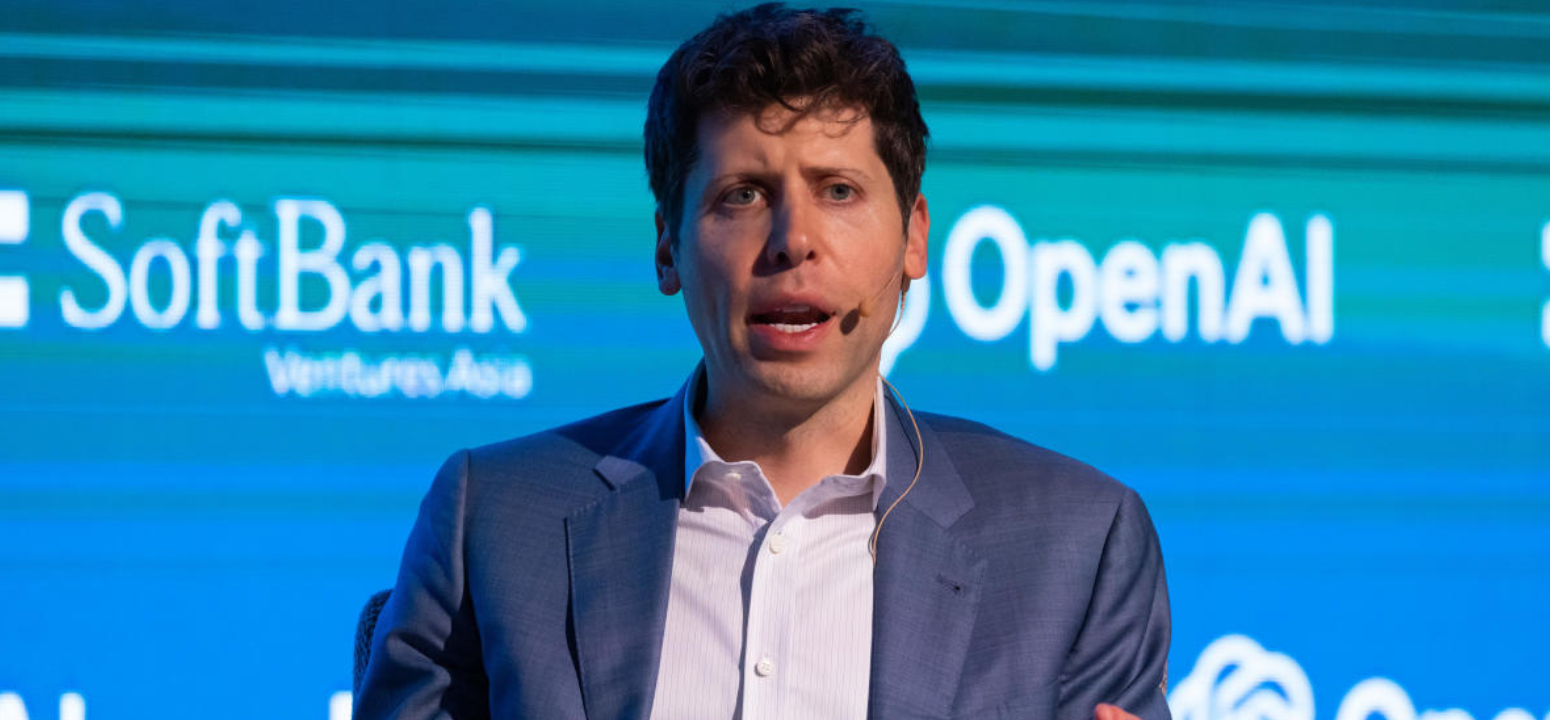Silicon Dreams: Can Sam Altman’s $7 Trillion Gamble Revolutionize the Semiconductor Industry?

Introduction
Sam Altman, the CEO of OpenAI, has sent shockwaves through the tech world with his audacious proposal: raising $7 trillion to fundamentally transform the global semiconductor industry. This ambitious plan, focused on AI chip development and increased production capacity, aims to tackle some of the most pressing challenges in the field. But the sheer scale and ambition of this vision begs the question: Is this a revolutionary step forward, or a pipe dream doomed to fail?
The Problem:
The semiconductor industry faces a complex set of issues. Demand for AI chips, crucial for powering modern advancements in artificial intelligence, is skyrocketing. However, production capacity struggles to keep pace, leading to shortages and inflated prices. This bottleneck hinders not only AI development but also various critical technologies relying on chips. Additionally, the current geographical concentration of chip fabrication raises concerns about supply chain resilience and geopolitical implications.
Altman’s Vision:
To address these challenges, Altman proposes a multi-pronged approach:
- Boosting Production Capacity: He envisions building new fabrication facilities globally, diversifying manufacturing beyond the current dominant players.
- Developing Dedicated AI Chips: Investing in research and development of specialized AI chips, potentially offering greater efficiency and performance compared to general-purpose processors.
- Open Collaboration: Fostering greater collaboration and knowledge sharing within the industry to accelerate innovation and avoid duplicating efforts.
The Challenges:
The size and complexity of Altman’s vision present significant hurdles.
- Financing: Securing $7 trillion is a monumental task, requiring buy-in from a diverse range of investors, including governments, corporations, and individuals.
- Logistics & Execution: Coordinating such a large-scale project across international borders requires meticulous planning and collaboration.
- Geopolitical Tensions: Navigating the complex geopolitical landscape and ensuring equitable participation from various regions will be crucial.
The Potential Impact:
If successful, Altman’s vision could have a transformative impact:
- Faster AI Development: Increased chip availability could accelerate the pace of AI advancements, leading to breakthroughs in various fields.
- More Resilient Supply Chain: Diversifying production would mitigate vulnerabilities and provide greater stability.
- Economic Growth: The project could create millions of jobs and spur economic growth globally.
The Verdict:
Altman’s proposal is audacious, and the challenges are immense. While skepticism is warranted, the potential benefits are equally significant. The project’s success hinges on attracting funding, securing global cooperation, and navigating the complex geopolitical landscape. Ultimately, whether this remains a dream or becomes a reality will depend on the collective will and collaboration of various stakeholders.
To know more about VLSI Course , SuccessBridge VLSI training institute. You can begin your VLSI career by enrolling in the placement-assisted live courses available at SuccessBridge We offer various VLSI online courses. We offer VLSI Physical Design course, Design Verification course, DFT Training,Chip design course many more. Explore VLSI Courses From The Leaders In VLSI Training
Also Read: A Walkthrough VLSI Physical Design Engineer Salary In India.

